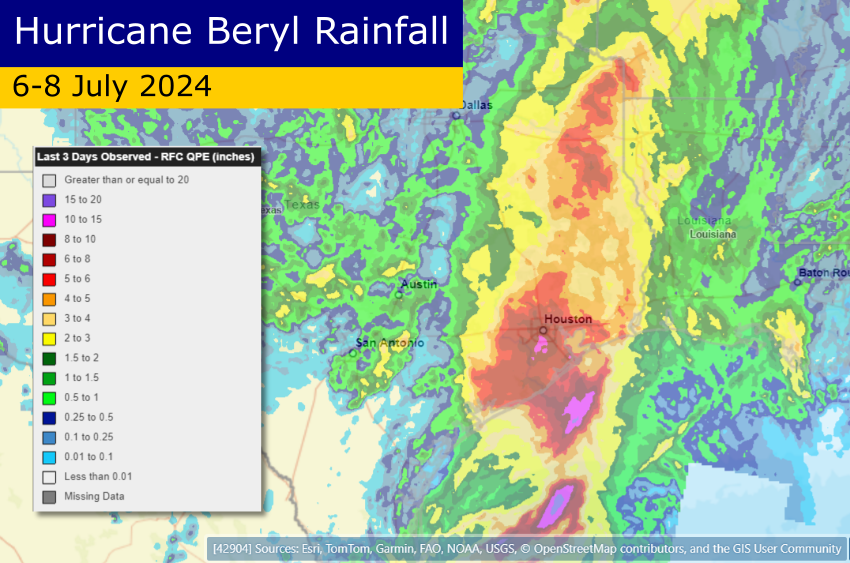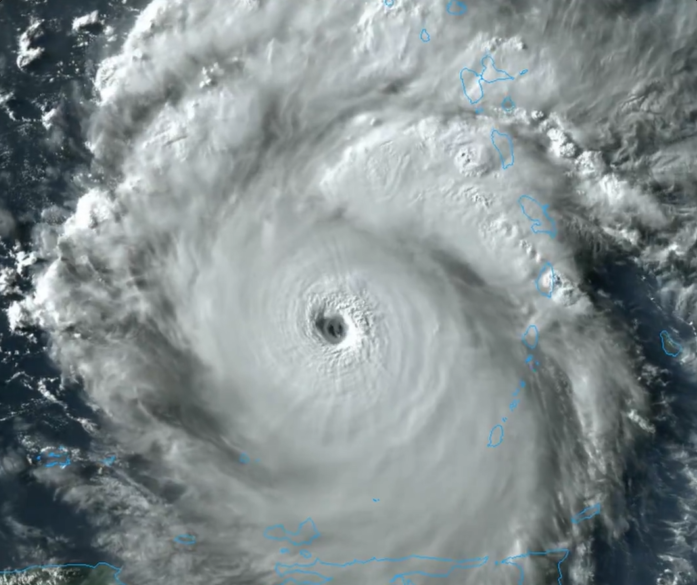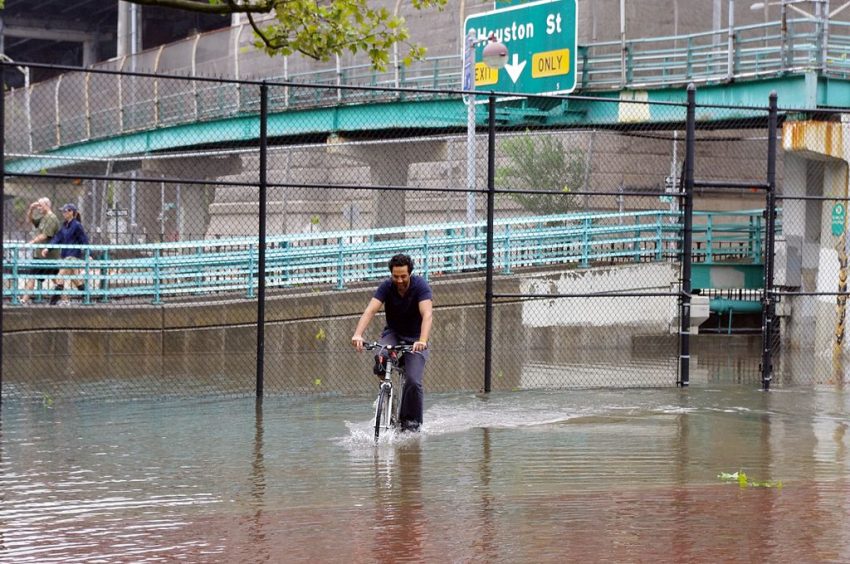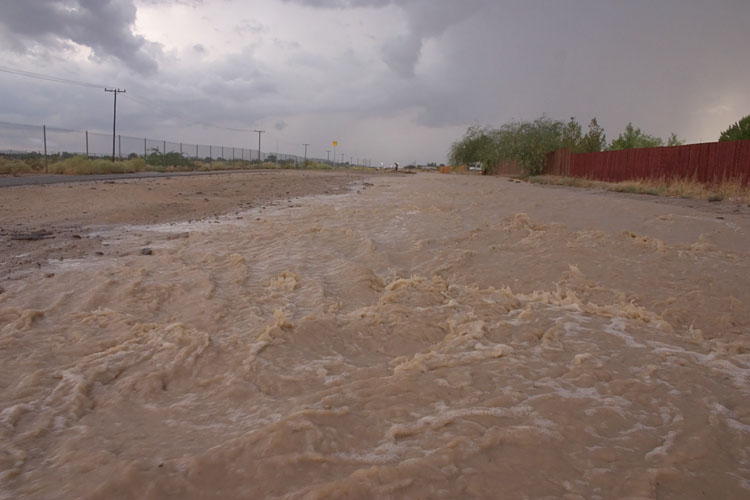Intensifying Hurricane Beryl Slams Coastal Texas with High Winds, Major Flooding!
After rolling through the Caribbean last week, Beryl temporarily weakened as it passed over the Yucatan Peninsula. However, very warm water in the Gulf of Mexico helped the storm regain hurricane status. It was still strengthening as it made landfall just south of Houston, Texas on Monday morning.
The difference between a Red State and a Blue State is during a crisis we don’t wait for the government to send help or tell us what to do…
We band together and HANDLE IT!!!
But there is a lot of flooding and power outages so y’all keep the people in Houston in your… pic.twitter.com/NdFmMfCz1g
— SaltyGoat (@SaltyGoat17) July 9, 2024
High winds contributed to a wave of power outages across southeast Texas, eventually including more than two million households. Gusts up to 70 mph (110 kph) were widespread with the Houston metro seeing localized gusts to 90 mph (145 kph). Numerous trees and powerlines and even semi trucks and RVs were knocked over. There were also at least 16 reports of cyclone-induced tornadoes from Texas into Louisiana and Arkansas.

If you ever want a crash course on what not to do during a Flash Flood. Just visit Houston, Texas. This was the scene off i45 and despite literally dozens of vehicles stalled out more continued to try leading to water rescues. #TXwx pic.twitter.com/nyu7RaVGZa
— Aaron Rigsby (@AaronRigsbyOSC) July 8, 2024
The more widespread and serious hazard was and continues to be flooding. A massive storm surge was pushed into the coast as the storm arrived, up to six feet in some places. Torrential rainfall exceeding a foot was also recorded in the Houston metro (see map above). This combination has inundated hundreds of homes and businesses. It also left dozens of cars and trucks stranded, forcing water rescues. In all the storm has claimed eight lives in the USA as of Tuesday morning, on top of the Caribbean death toll of eleven.



